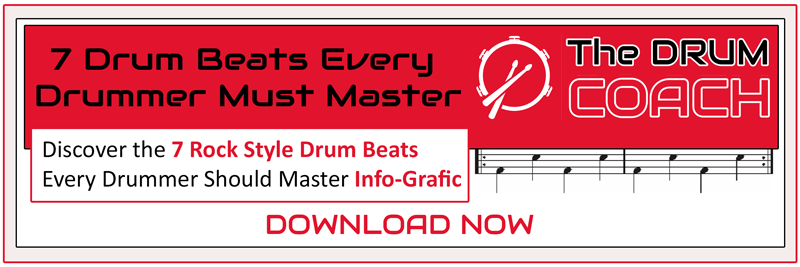Have you ever wondered if reading music is necessary to play the drums? In this post, I’ll tackle that exact question and give you a clear perspective on whether reading music is essential or just an optional skill for drummers. By the end, you’ll know when—and why—it could make all the difference in your drumming journey.
Reading music is often debated in the drumming world. Some swear by it, while others get by without it. In this post, I’ll break it down to help you decide if learning to read music is the right path for you. We’ll explore how it can enhance your drumming, improve coordination, make learning songs easier, and even open doors to gigs that require musical literacy.
Drumming, at its core, is all about rhythm and time—what you play and when you play it. And music itself is a mathematical language of rhythms and tones. Being able to read music equips you to understand that language and communicate it effectively. If your goal is to play gigs like theater shows, club sessions, or recording studio work, reading music is almost always an absolute must. These environments often rely on drum charts, where precision is critical. And learning songs and other music pieces fast. Often on the spot.
Even if you don’t plan to play in situations that demand music reading, the skill still has immense value. For example, when learning a band set or individual songs within a band situation, writing your own drum chart becomes a powerful tool. It allows you to map out the song’s structure, plan the drum fills you will play, and ensure consistency during rehearsals and performances. The process of creating a chart also speeds up learning and helps your bandmates visualize the full song quickly.
However, if your focus is on genres like rock or pop, where reading music is less common, you can absolutely get by without it. Many have and will continue to manage without being able to read drum charts. But remember, reading music isn’t just about gigs—it’s also about personal growth. Reading drum charts is a skill that adds depth to your understanding of drumming and enhances your ability to experiment creatively.
And, at the very least, helps you to understand what the other musicians are talking about when they say things like, this is in C sharp, C minor – or other music speak.
If you’re intrigued by the idea of charting songs and learning to read music, I recommend exploring Drumming Foundation Part 6 – Space to Play, which covers this topic in depth. It’s a game-changer for drummers looking to refine their craft.
In the next post, we’ll dive into an even deeper question: So why do people learn to read music in the first place? We’ll explore the hidden benefits that go beyond drumming and how they can impact your musicianship. Don’t miss it!






